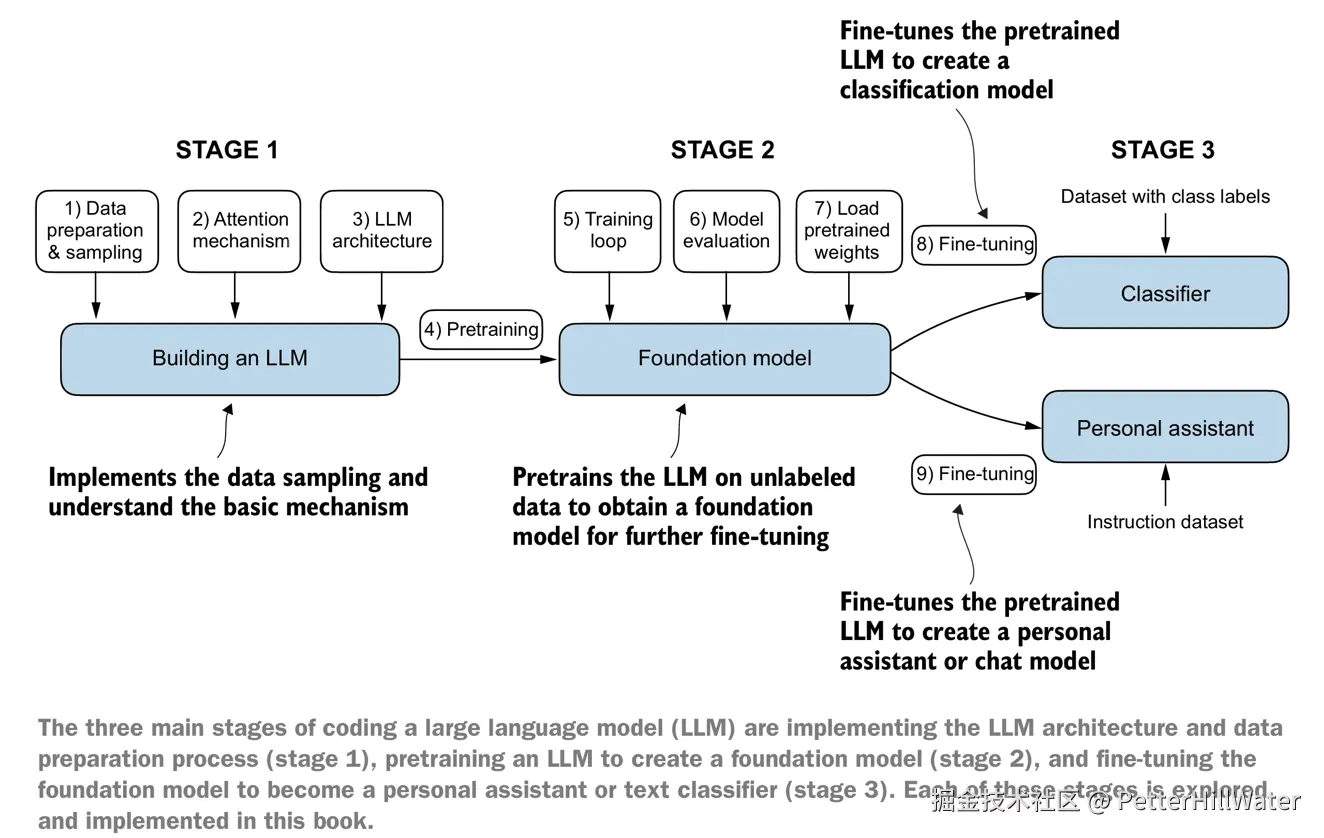
The Mechanism of Large Language Models in Al Medical Transcription
The Mechanism of Large Language Models in Al Medical Transcription
Large Language Models(LLMs) are revolutionizing Al medical transcription by leveraging advanced natural language processing(NLP) capabilities to analyze, summarize, and generate medical records with high accuracy.These models are transforming the way healthcare providers document patient interactions and make clinical decisions.
1. Text Analysis and Contextual Understanding
LLMs excel at analyzing large volumes of text data, extracting key information, and understanding the context within medical records. For example, models like GPT-4 and MedPaLM2 have demonstrated significant advancements in comprehending complex medical dialogues and generating accurate summaries.These models can identify critical variables from clinical notes,such as symptoms, diagnoses, and treatment plans, and structure them into coherent summaries.
2.Error Correction and Real-Time Feedback
One of the key applications of LLMs in medical transcription is their ability to correct errors in real-time. For instance, Nanayakkara et al. introduced a seq2seq learning approach using T5 and BERT models to correct transcription errors in clinical dialogues between practitioners and patients.This capability ensures that medical records are accurate and reliable, reducing the risk of misdiagnosis and improving patient safety.
3. Structured Reporting and EHR Integration
LLMs are also being used to generate structured reports and integrate seamlessly with Electronic Health Records(EHRs). For example, GPT-4 has been employed to draft discharge summaries,analyze medical images, and even identify objects in photographs, demonstrating its potential in clinical trials. Additionally, models like GatorTron, with over 90 billion words, have been tested for their performance in clinical NLP tasks, showing significant potential for generating high-quality clinical notes.
4. Predictive Analytics and Clinical Decision Support
Beyond transcription, LLMs are enhancing clinical decision-making through predictive analytics.For instance, GPT-4 has been evaluated for its accuracy in diagnosing conditions based on patient histories and imaging findings, achieving high accuracy rates in neuroradiology cases. This capability allows healthcare providers to make more informed decisions and improve patient outcomes.
5. Multilingual and Specialized Applications
LLMs are also being adapted for multilingual and specialized medical applications. For example,
PMC-LLaMA is an open-source language model fine-tuned with 4.8 million biomedical papers to enhance accuracy in answering biomedical questions. Additionally, models like MedPaLM2 are specifically designed to handle medical domain knowledge, providing more accurate and contextually relevant responses.